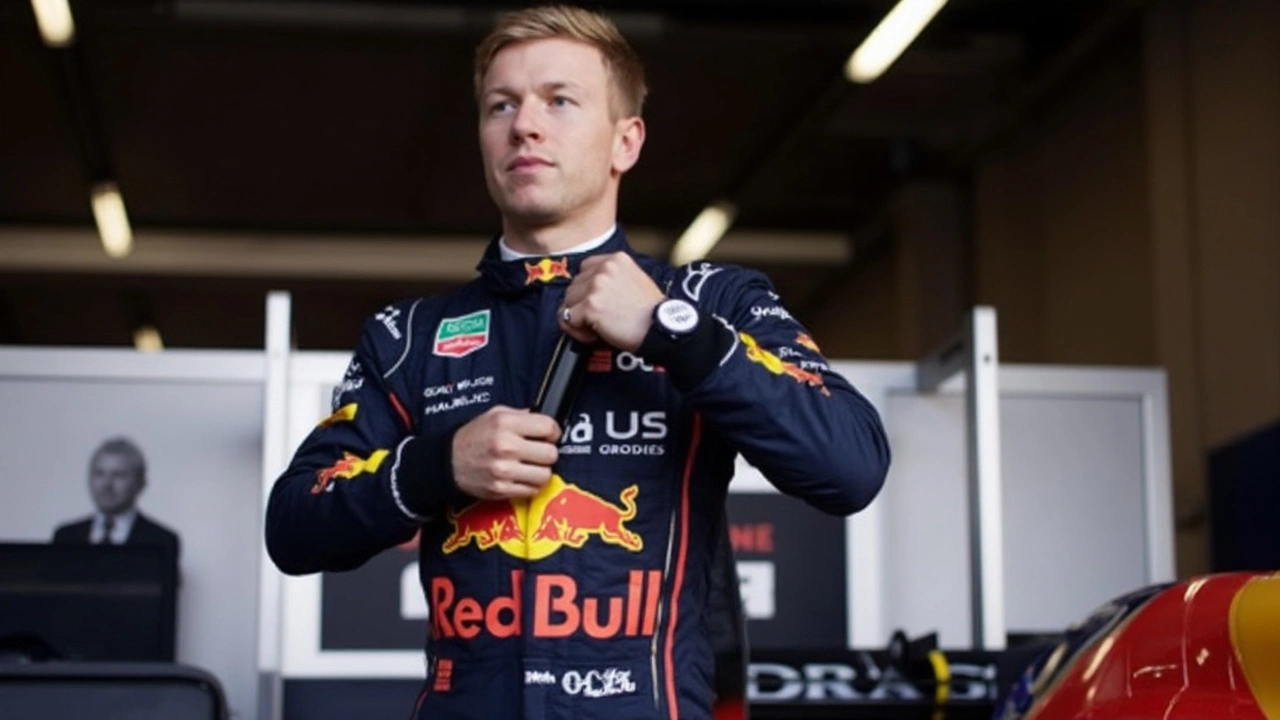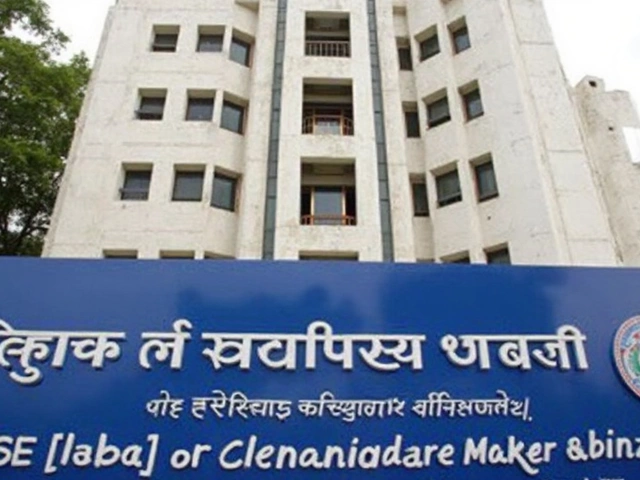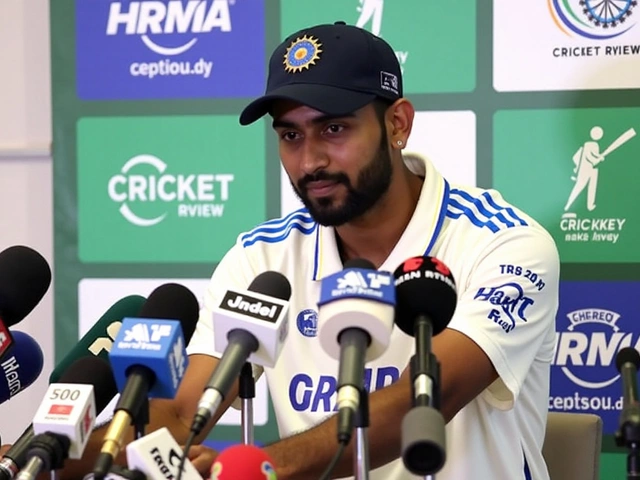Horror at Turn 1: Zhou Guanyu’s Barrel-Roll Unfolds
The start of the 2022 British Grand Prix was supposed to set the stage for high-speed battles, but it took just a few seconds for chaos to break loose at Silverstone. Alfa Romeo’s Zhou Guanyu became the focus of the motorsport world when his car was catapulted upside down and barrel-rolled through gravel, triggering one of the most frightening sights in recent Formula 1 history.
The whole incident started at Turn 1, just as the race began. Pierre Gasly’s AlphaTauri nudged the Mercedes of George Russell, which in turn struck Zhou. The chain reaction flipped Zhou’s car, sending it sliding — floor first — at terrifying speed along the tarmac and then through the runoff area. Spectators could only watch in horror as his car cleared the tyre barriers and ended up wedged in a narrow gap between the fencing and the stands. The impact forced an immediate red flag, halting the race just moments after it had started.
As soon as the marshals reached the scene, everyone held their breath. Zhou was inside the crumpled Alfa Romeo, conscious but trapped in a position racers dread. Amazingly, he later described how training and instinct took over: he let go of the steering wheel — a crucial move to avoid hand injuries during violent flips — and locked his body tight, bracing for the final jolt. Emergency crews worked quickly, extracting Zhou from the wreckage and moving him straight to the track’s medical center for evaluation. Williams’ Alex Albon, who was caught up in the aftermath, was also hospitalized for checks, but both drivers dodged serious injury.

Aftermath and Reactions: Fear, Relief, and Silverstone’s Response
You’d think a crash like that would be burnt into Zhou’s memory, but he later confessed he didn’t want to rewatch it. The emotional toll lingered far beyond the bruises, especially as Silverstone came back around on the 2023 calendar. His formula car had come alarmingly close to fans in the grandstand, raising fresh questions about modern racetrack safety and the risks drivers take every time they race.
The Silverstone organizers didn’t just watch and hope it never happened again. Right after the crash, they reviewed the run-off zones and made tangible changes. Barriers were restacked and the gap that trapped Zhou’s car was covered, making it less likely for a car to get stuck in that dangerous position again. These upgrades weren’t just window dressing — they were real shifts designed in response to the most recent, tangible danger, ensuring the next Silverstone race would look a little different, and hopefully be a lot safer.
The F1 community is no stranger to dramatic incidents, but Zhou’s survival stood as a testament to modern safety tech: the halo cockpit device, energy-absorbing structures, and strict rescue training all played a part. After a brief medical check, Zhou walked away, perhaps shaken but determined to get back behind the wheel. That’s the life of a Formula 1 driver — living at the edge, trusting both their own reflexes and the continuous improvements made to keep everyone alive, and racing again under the shadow of what was not so long ago a near-tragedy in front of tens of thousands.



